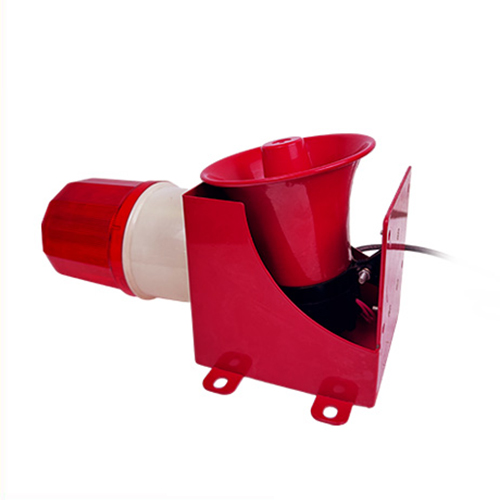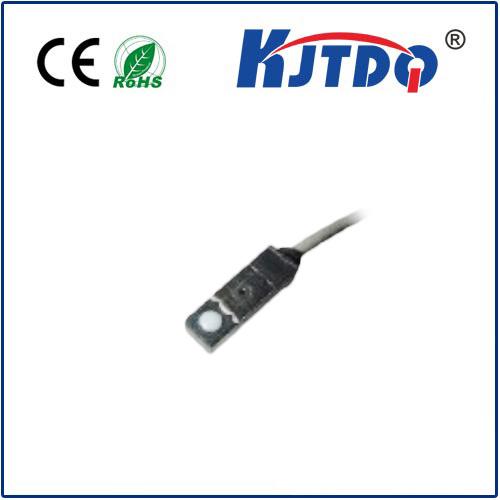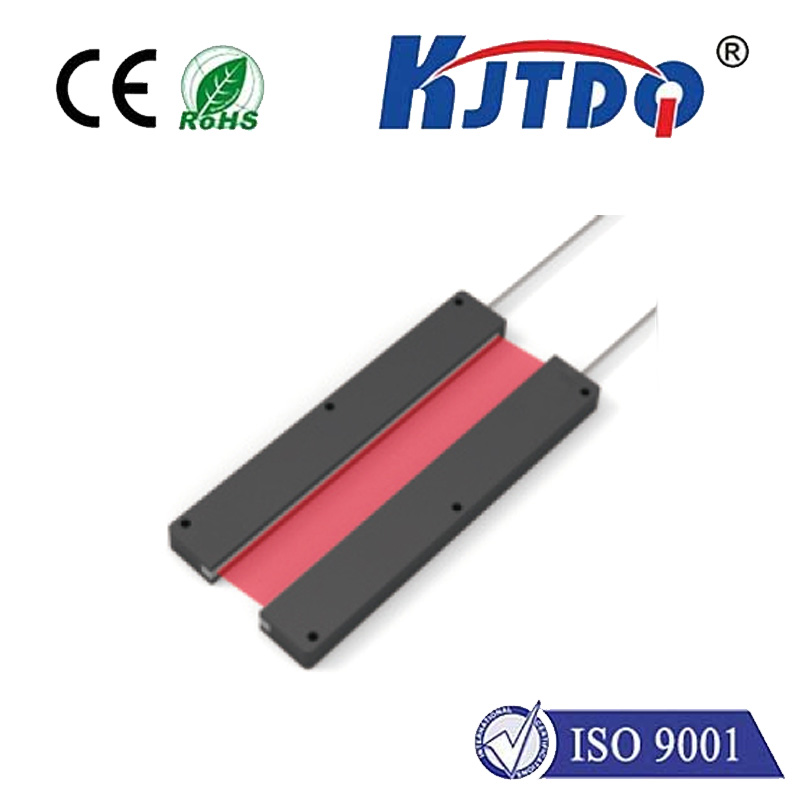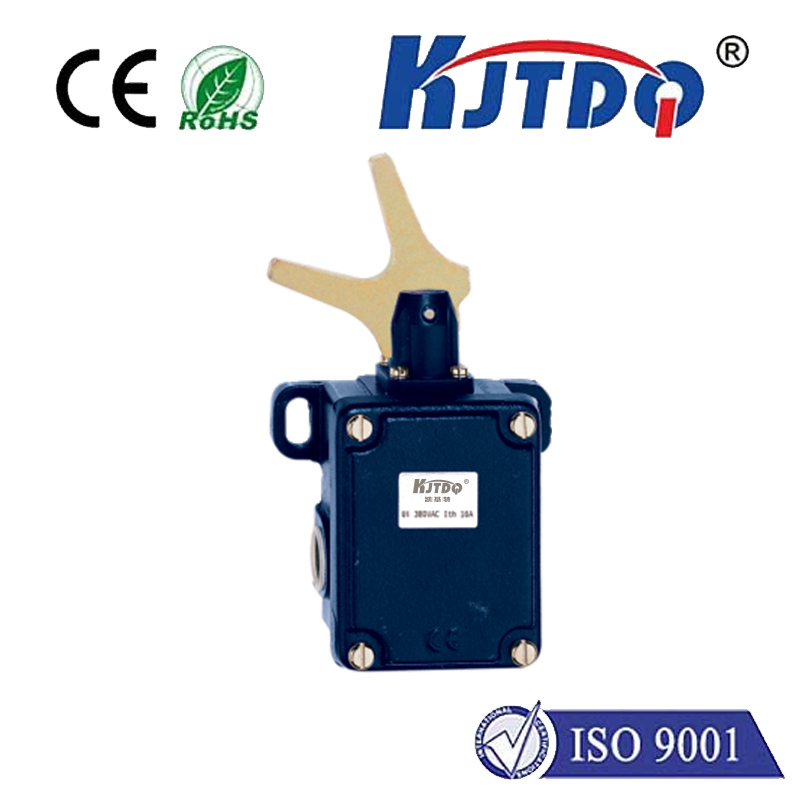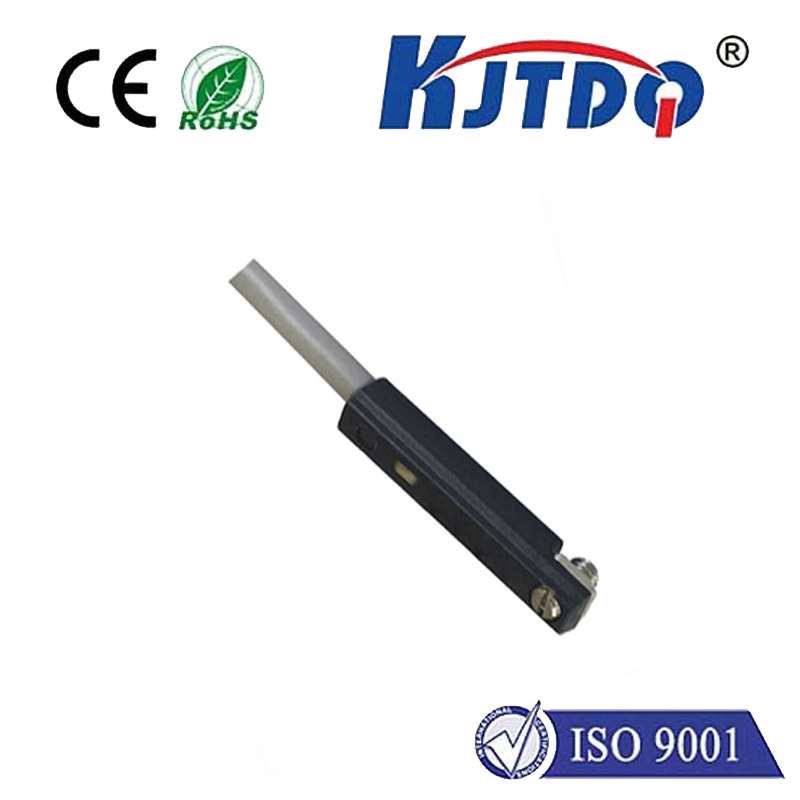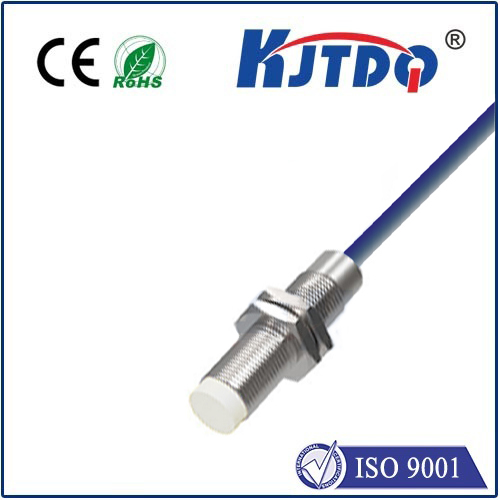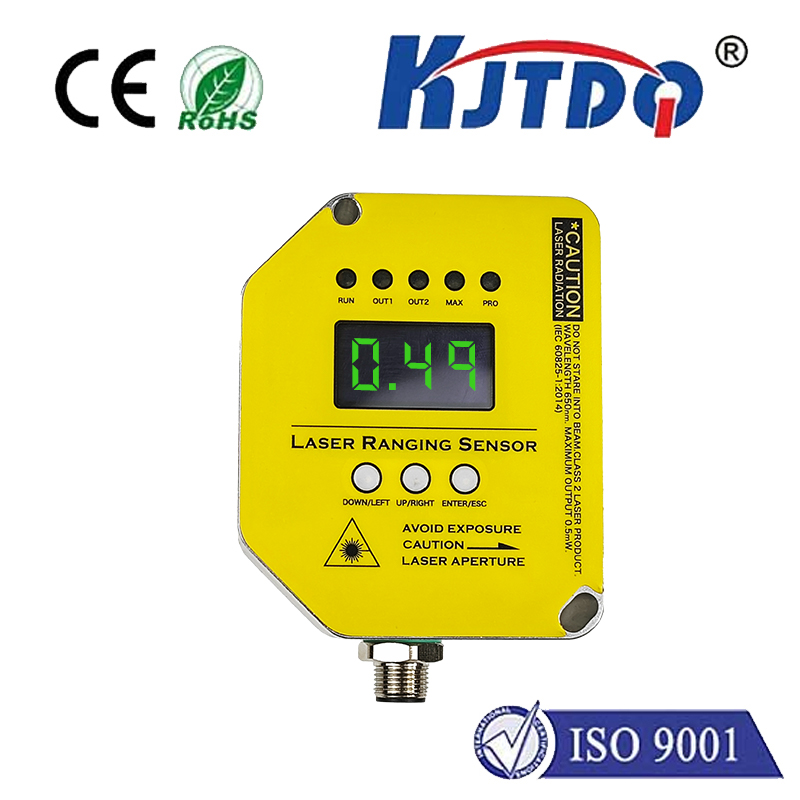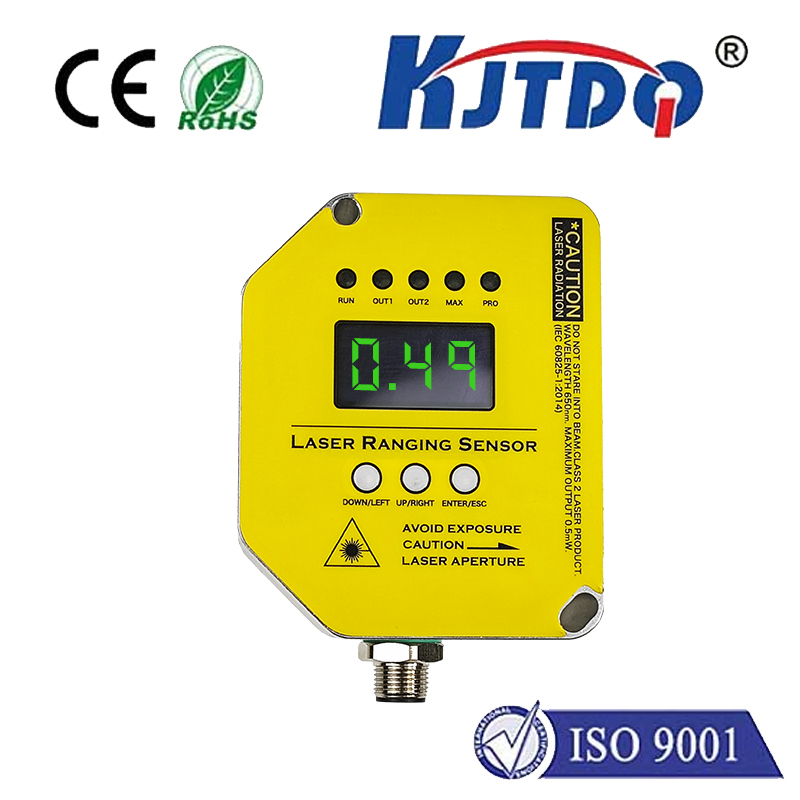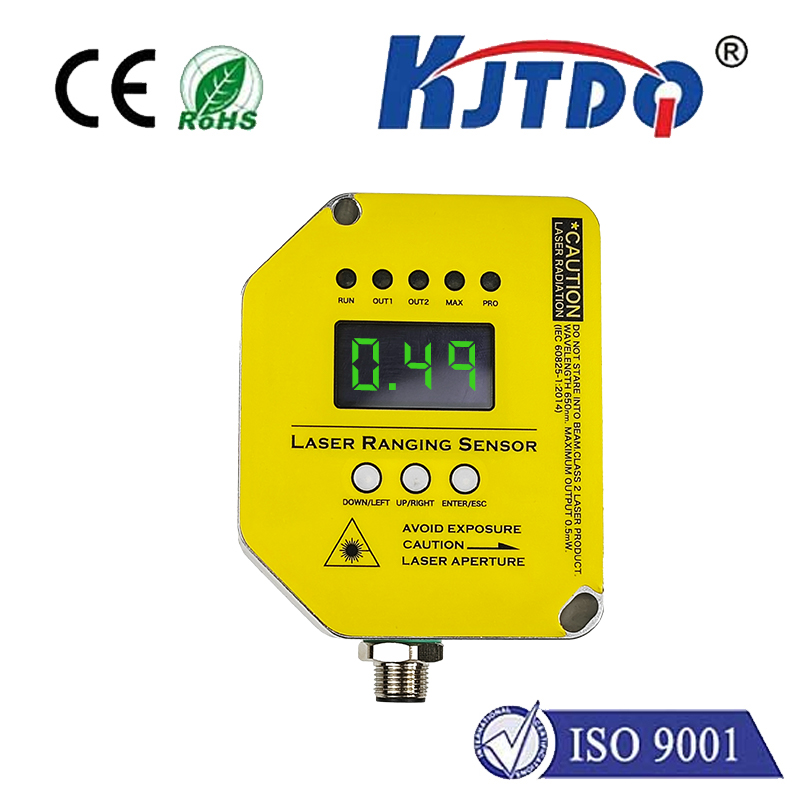ahu limit switch
- time:2025-08-02 00:00:10
- Click:0
The Silent Sentinel: Demystifying the AHU Limit Switch in Your HVAC System
You likely walk past them daily without a second thought: the large Air Handling Units (AHUs) humming away, tirelessly conditioning the air in offices, hospitals, factories, and shopping malls. Within these complex machines, hidden amongst coils, fans, and dampers, resides a small but utterly crucial component acting as a tireless guardian: the AHU Limit Switch. Often overlooked until something goes wrong, understanding this device is key to ensuring HVAC safety, efficiency, and uninterrupted comfort.
What Exactly is an AHU Limit Switch?
At its core, an AHU limit switch is a safety control device designed to monitor critical parameters, primarily temperature, within the air handling unit. Its fundamental purpose is to protect the AHU and downstream systems from potentially damaging conditions by automatically shutting down components or the entire unit when preset safe operational limits are exceeded. Think of it as the AHU’s built-in emergency brake or alarm system. The most common types encountered are:
- High Limit Switches: These are the most prevalent. Positioned strategically, often on or near heating coils, their job is to detect excessively high air temperatures. This could be caused by:
- A stuck open heating valve allowing uncontrolled hot water or steam flow.
- Fan failure (supply or return) preventing proper airflow across the coil.
- Control system malfunctions leading to over-firing or excessive heating.
- Low Limit Switches: While less common than high limits in all applications, they are vital in specific scenarios, particularly related to freeze protection. Located near cooling coils or in mixed air plenums, they detect dangerously low air temperatures, triggering shutdowns to prevent coil freezing and subsequent costly damage from bursting tubes. They are essential in cold climates or during unoccupied modes.
How Does This Vital Safety Device Actually Work?
The operation is elegantly simple yet highly effective:

- Sensing: A sensor element (commonly a bimetallic strip that bends with temperature changes or a temperature-sensitive bulb connected to a diaphragm) is physically located in the critical airstream (e.g., downstream of a heating coil for high limit, upstream of a cooling coil for low limit).
- Comparison: This sensor continuously measures the air temperature.
- Actuation: When the sensed temperature reaches the switch’s pre-set limit (factory-set or adjustable within a safe range), a mechanical mechanism within the switch is triggered. This physically opens or closes an electrical circuit.
- Safety Response: This change in the electrical circuit state is wired directly into the AHU’s main control system (like the Building Management System - BMS - or a dedicated AHU controller). It sends a signal interpreted as a “Safety Lockout” or “Hard Shutdown” command.
- Action: The control system responds immediately by:
- De-energizing the burner, hot water valve, or steam valve (in the case of a high limit trip).
- De-energizing the chilled water valve or compressor staging (in the case of a low limit trip potentially causing freeze risk).
- Often shutting down the supply fan to prevent circulating unsafe air.
- Triggering visible and audible alarms at the AHU and potentially within the building’s control room or BMS interface. Manual reset is typically required after a trip.
Why the AHU Limit Switch is Non-Negotiable for System Health
The consequences of a missing or malfunctioning AHU limit switch can be severe and costly:
- Coil Catastrophe: Unchecked high temperatures can melt plastic components, scorch filters, crack heat exchangers, or even create fire hazards near combustible materials. Low temperatures without protection can cause water-based coils to freeze and rupture, leading to significant water damage.
- Component Failure: Excessive heat or cold puts immense stress on motors, bearings, belts, and electrical components, drastically shortening their lifespan.
- Energy Waste: Systems running out of safe control parameters are inherently inefficient, wasting significant energy.
- Comfort Loss & Downtime: Failures caused by lack of protection lead to system shutdowns and lengthy, expensive repairs, disrupting building occupancy and operations.
- Safety Hazards: Ultimately, the primary role is personnel and property safety – preventing fires, floods, and the release of potentially unsafe (extremely hot or contaminated) air into occupied spaces.
Recognizing and Responding to Limit Switch Issues
An AHU limit switch tripping is a symptom of an underlying problem, not the problem itself (unless the switch is faulty). Key indicators include:
- AHU Shutdown: The unit abruptly stops heating/cooling/fan operation.
- Lockout/Alarm: Visual indicators on the unit (flashing lights) and alarms within the BMS or control panel.
- Reset Button Requirement: Many limit switches require a physical manual reset on the device itself after a trip.
If your AHU experiences a limit switch lockout:
- Identify the Type: Was it a high limit or low limit? Check the alarm code on the BMS or the physical switch.
- DO NOT IMMEDIATELY RESET: Continuously resetting without finding the root cause leads to chronic problems and potential damage. It masks the symptom.
- Investigate the Root Cause:
- High Limit Trip? Check for proper airflow: Dirty/clogged filters? Faulty supply/return fan? Blocked ductwork? Zone dampers all closed? Stuck open heating valve? Faulty temperature sensor? Oversized heating capacity?
- Low Limit Trip? Check for low airflow over a cooling coil: Dirty/clogged filters? Faulty supply fan? Blocked ductwork? Low outside air temperatures combined with high cooling demand? Stuck open cooling valve? Faulty mixed air damper control?
- Address the Underlying Issue: Only after correcting the primary cause (e.g., replacing filters, repairing a fan motor, fixing a stuck valve, recalibrating controls) should the limit switch be reset.
Maintaining Your System’s Guardian
While limit switches themselves are generally robust and require minimal direct maintenance, they are integral to overall AHU health:
- Regular Inspections: During routine AHU maintenance checks, visually inspect limit switches for physical damage or obvious contamination.
- Calibration Checks: Periodically, as part of a comprehensive HVAC system tune-up, their calibration should be verified against a known accurate thermometer to ensure they trip at the specified setpoint. This might involve the use of a heat gun or dry ice to simulate conditions (performed by qualified personnel).
- Operational Testing: In some critical applications, technicians may perform functional tests (again, safely simulating conditions) to confirm the switch activates and triggers the correct shutdown sequences.
- Keep Access Clear: Ensure panels providing access to limit switches are kept unobstructed for quick reset if necessary (after root cause is fixed!).
Conclusion
The AHU limit switch exemplifies how critical HVAC safety relies on often unsung heroes. By diligently monitoring temperature extremes and enforcing hard operational boundaries, these simple switches prevent catastrophic failure, protect significant capital investment, ensure occupant safety, and contribute to overall system efficiency. Recognizing their role, understanding the meaning behind a trip, and ensuring their proper function through integrated system maintenance are fundamental responsibilities for any facility manager or HVAC technician. Never underestimate the power of this small device – it stands guard so your AHU can operate safely and reliably, day in and day out.






